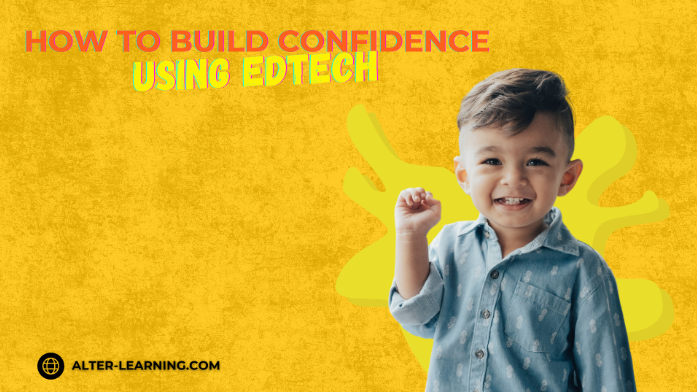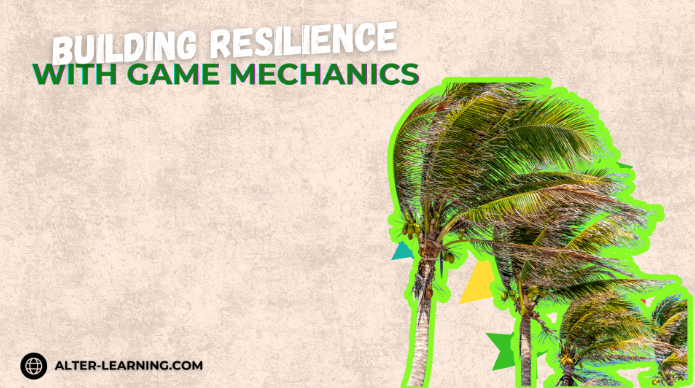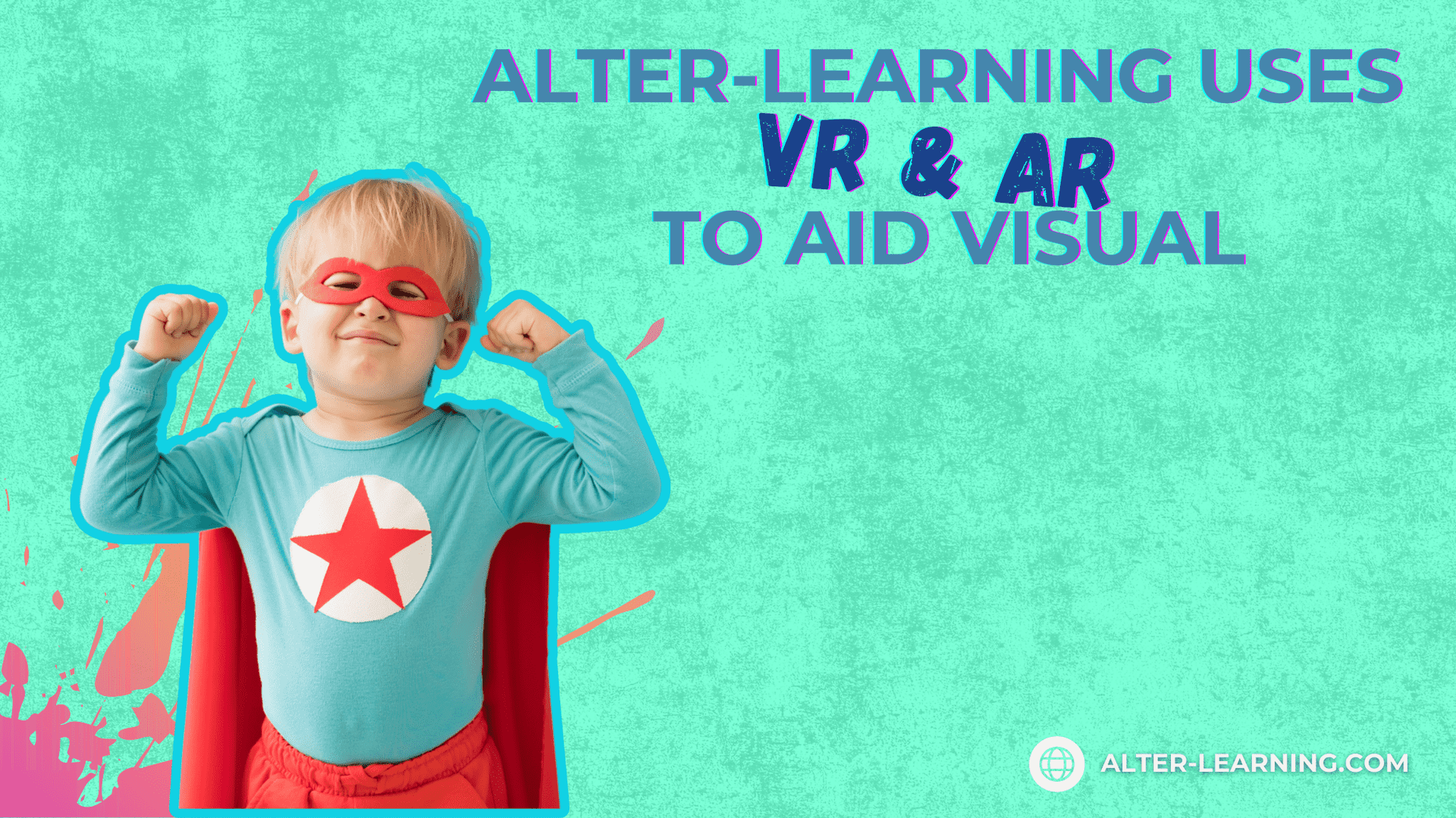Confidence is one of the most valuable skills a student can develop. It fuels curiosity, resilience, and the willingness to take on new challenges. Yet in traditional classrooms, many students hesitate to participate for fear of failure or judgment. Educational technology (EdTech) can help create environments where learners feel safe to experiment, explore, and grow.
Through interactive STEAM educational games, immersive simulations, and wellness-centered tools, platforms like Alter-Learning can empower students to take risks, celebrate progress, and see themselves as capable learners. Confidence doesn’t appear overnight—but with the right tools and support, it can be nurtured through play, feedback, and discovery.
Why Confidence Matters in Learning
Confidence can affect nearly every aspect of student performance. Learners who believe in their ability to succeed may be more likely to:
- Persist through difficult tasks,
- Engage actively in class discussions,
- Embrace mistakes as learning opportunities,
- Collaborate and take initiative in group work,
- Develop a growth mindset that extends beyond school.
Confidence isn’t just about self-esteem—it’s about self-efficacy: the belief that effort leads to improvement. EdTech can help students see this connection in real time.
Creating Safe Spaces for Exploration
One of the greatest advantages of game-based learning is the ability to fail safely. In immersive environments, students can test ideas, try new strategies, and start over without stigma. Every attempt provides feedback, not judgment.
Game mechanics that can build confidence include:
- Adaptive difficulty, which adjusts challenges to a learner’s current ability,
- Instant feedback loops, showing progress with each attempt,
- Achievement tracking, celebrating milestones rather than perfection,
- Collaborative missions, where success is shared, not competitive.
By turning effort into progress, games help students associate persistence with accomplishment—a key element of confidence.
Feedback That Builds, Not Discourages
Feedback in digital platforms can reinforce confidence when it’s clear, constructive, and consistent. Rather than focusing solely on right or wrong answers, games can highlight the process of learning itself.
For example:
- Interactive physics simulations can reward experimentation, not just accuracy,
- VR math games can show visual progress toward mastery,
- Creative arts education software can allow for personal expression and validation,
- Teacher dashboards can help educators recognize effort as well as achievement.
When students receive encouragement through data and design, they begin to internalize the belief that growth is within their control.
Empowerment Through Choice
Confidence often grows when students have agency. Giving learners the ability to make choices—what challenge to take on, what strategy to use, or how to express understanding—can transform their relationship with learning.
Platforms that encourage decision-making and autonomy, such as open-ended problem-solving missions or creative digital projects, allow students to build competence through independence. These choices reinforce the message: “You are capable. You can do this.”
Wellness and Emotional Support in EdTech
Confidence is not purely academic—it is deeply emotional. Wellness-centered tools, like Alter-Learning’s Wellness Center, can complement academic growth by promoting emotional intelligence, self-regulation, and mindfulness.
Through guided exercises and reflective prompts, students can:
- Learn to manage anxiety related to performance,
- Practice positive self-talk and resilience,
- Build emotional awareness and empathy,
- Recognize personal strengths beyond test results.
By supporting both mental wellbeing and learning, EdTech can help students grow holistically—mind, body, and spirit.
Looking Ahead
Confidence may begin as a feeling, but it becomes a habit through experience. When technology provides interactive, supportive, and creative learning spaces, students can develop not only skills but also belief in themselves.
Alter-Learning’s focus on immersive STEAM learning, inclusive design, and wellness-centered environments shows that EdTech can be more than a teaching tool—it can be a confidence-building platform.
Because when students believe they can learn, they don’t just participate in education—they take ownership of it. And that belief can change everything.
Follow Alter-Learning for more insights into immersive education, edtech success stories, and the future of learning. Want to explore how VR/AR could transform your school or learning platform? Let’s connect.




